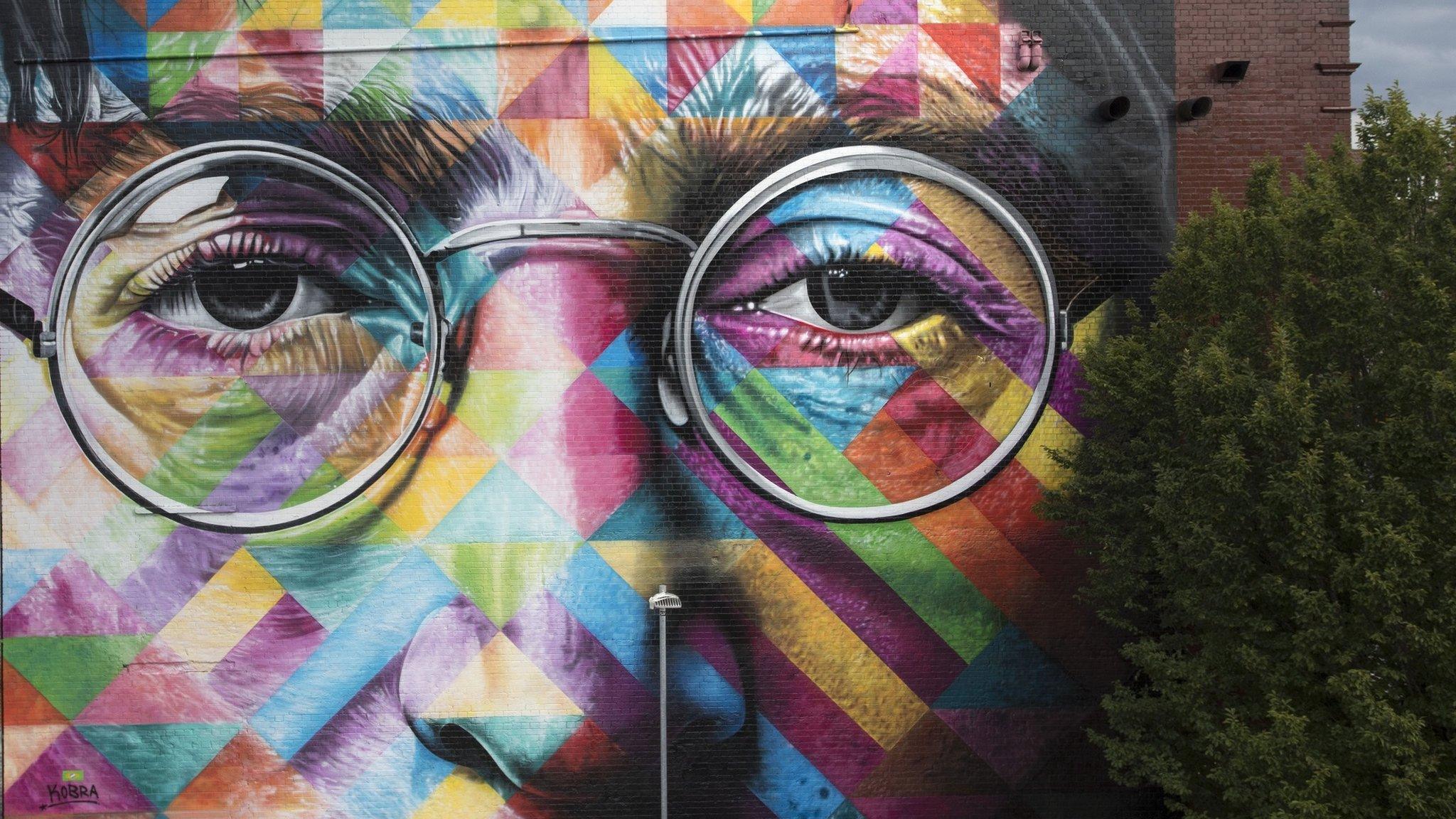In pictures: Graffiti used to protest climate change and war
- Published
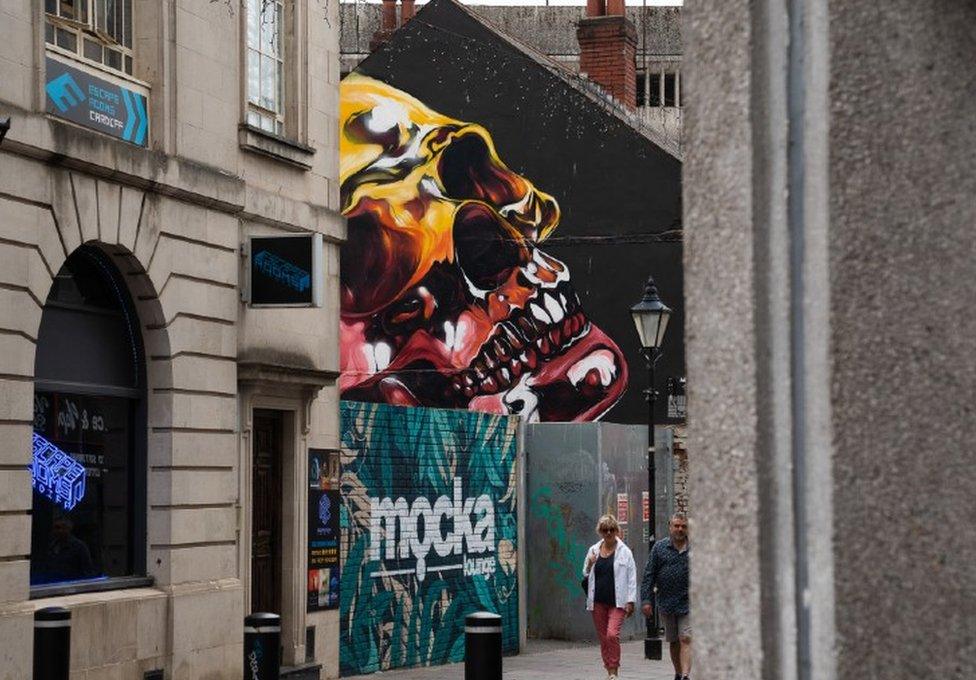
Look behind you... planned street art is much more widespread nowadays, artists say
Climate change, war, celebrating local heroes - street art can have many meanings, or can simply be a bright addition to a neighbourhood's walls.
The number of murals appearing on the side of houses, pubs and in subways has boomed in recent years, with some of the colourful artwork being seen by millions on social media around the world.
In 2018, a former steelworker was left shocked after a Banksy appeared on the side of his garage overnight in Port Talbot, sparking national interest.
Seasons Greetings depicts a boy seemingly catching snowflakes on his tongue, but in reality eating ash from a burning rubbish truck.
It brought in thousands of tourists and spurred on the creation of a street art trail set up by the collective ArtWalk in the industrial south Wales town more famous for its steelworks.
Was it social commentary on pollution? One thing is certain, a significant number of prominent artworks in recent times have focused on environmental and climate concerns.

A trail of artworks can be followed through Port Talbot now

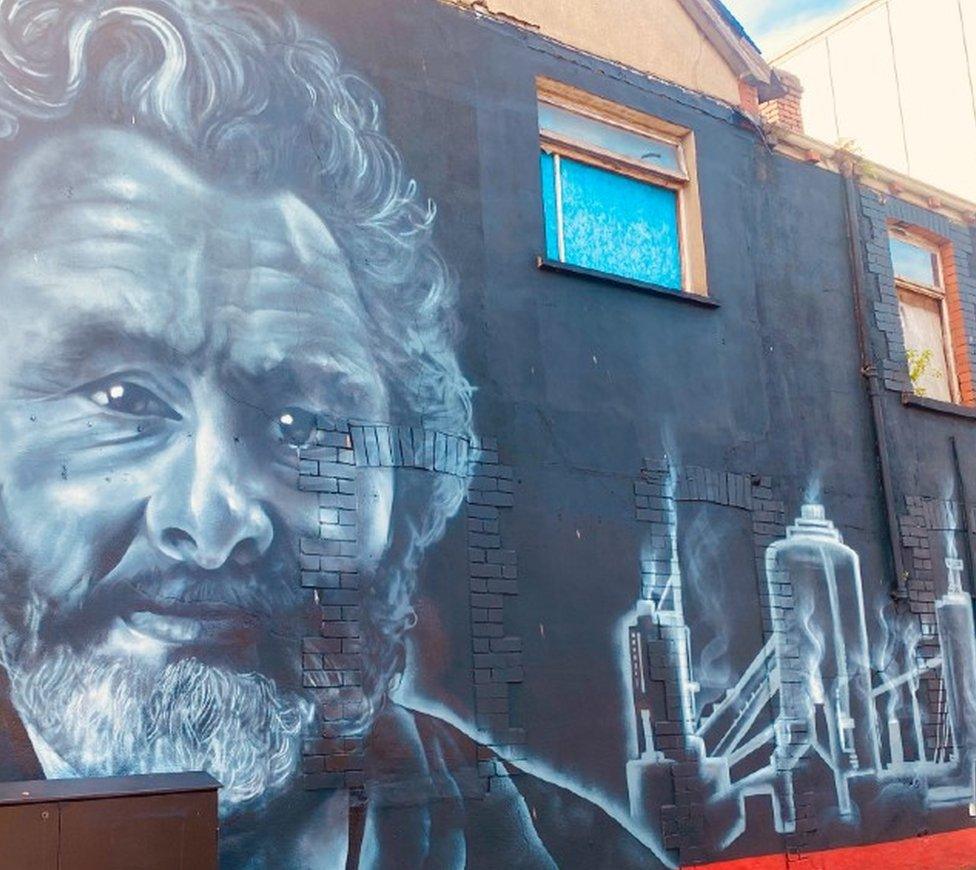
Newport-based Andy O'Rourke has been drawing and painting for years, but has seen a sharp rise in commissions with an ecological or environmental theme.
"About five or six years ago I started getting commissions from some people - I did one for Kenfig Nature Reserve [in Bridgend county] and they wanted some specific species including otter and butterflies," Andy said.
"It seems to be quite a common theme, so I'm working doing indigenous species so people can identify them."

Showing off the local wildlife in urban Newport....
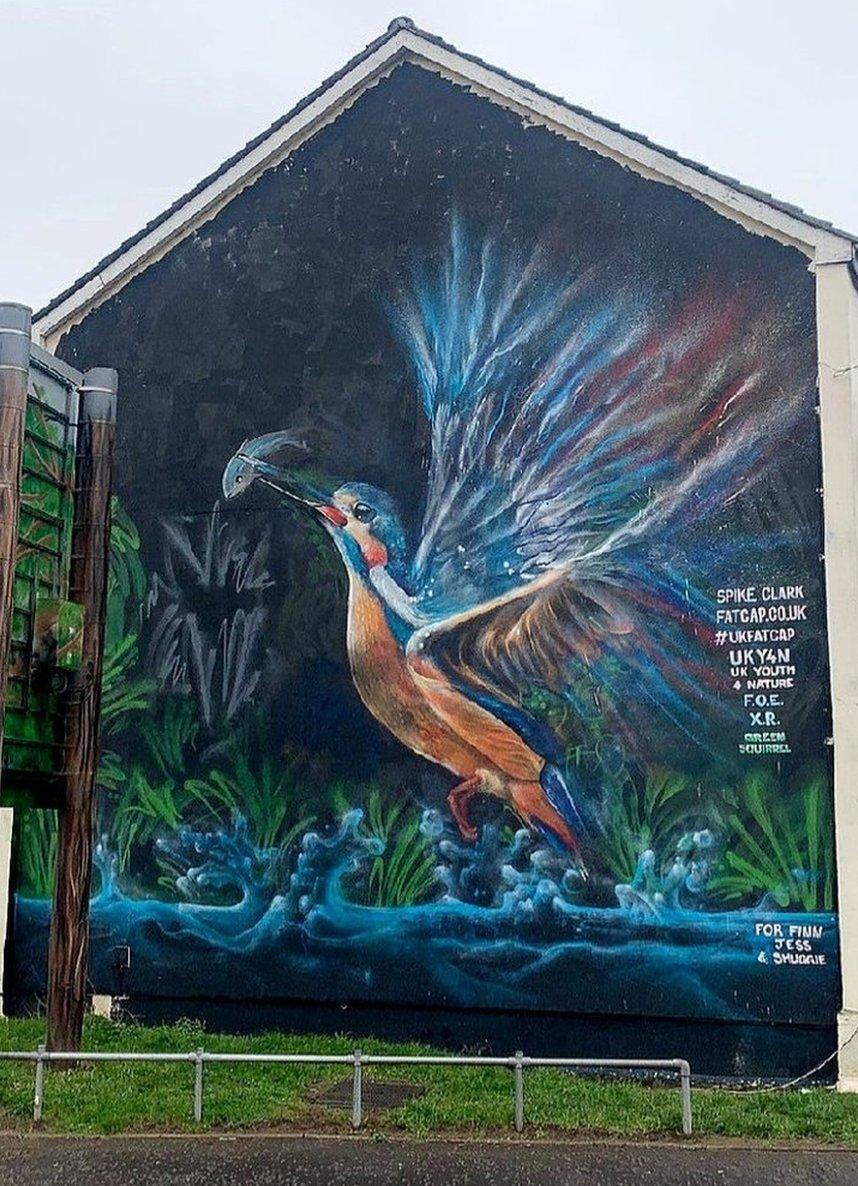
.... while this piece by Spike Clarke in Cardiff was part of a UK-wide Wild Walls series to highlight nature and the threats facing it
The nature reserve was in the countryside next to the sea, but another of his commissioners wanted to highlight urban wildlife right under city dwellers' noses.
His mural for the Maindee Unlimited project in Newport was painted on the side of a house in the city's Corporation Road with that aim in mind.
On projects like these, he said: "Painting in situ, people will come along and say 'oh I saw a couple of bats last night, can you put them in?'"
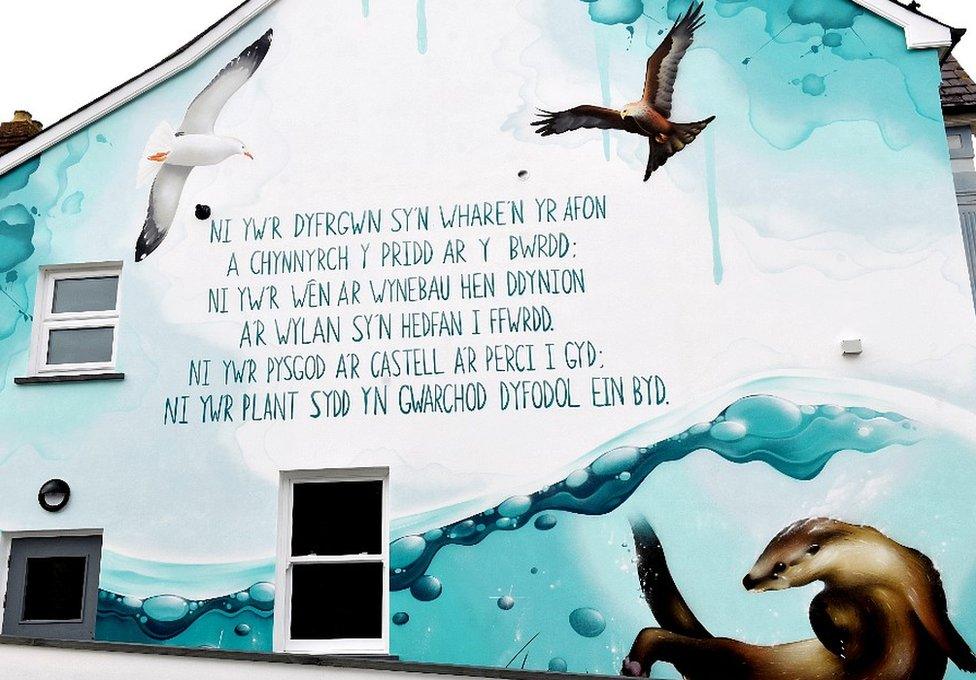
Bryce Davies worked on this project in Cardigan for the WWF in the run-up to COP26
Bryce Davies, who works under the moniker Peaceful Progress, believes as graffiti has become more mainstream and stopped being "the troll under the bridge", it has become easier for organisations to co-opt it for climate and other messages.
He worked alongside environment charity WWF to produce a series of murals around the country, working with a poet and local children in the run up climate summit happening in Glasgow in October 2021.
"It was tied in with COP26. Climate change and protection ... is a massive thing," said Bryce.
"Graffiti and street art murals are a lot more widespread than they were 20 years ago and it's a much more viable way of putting out a message."
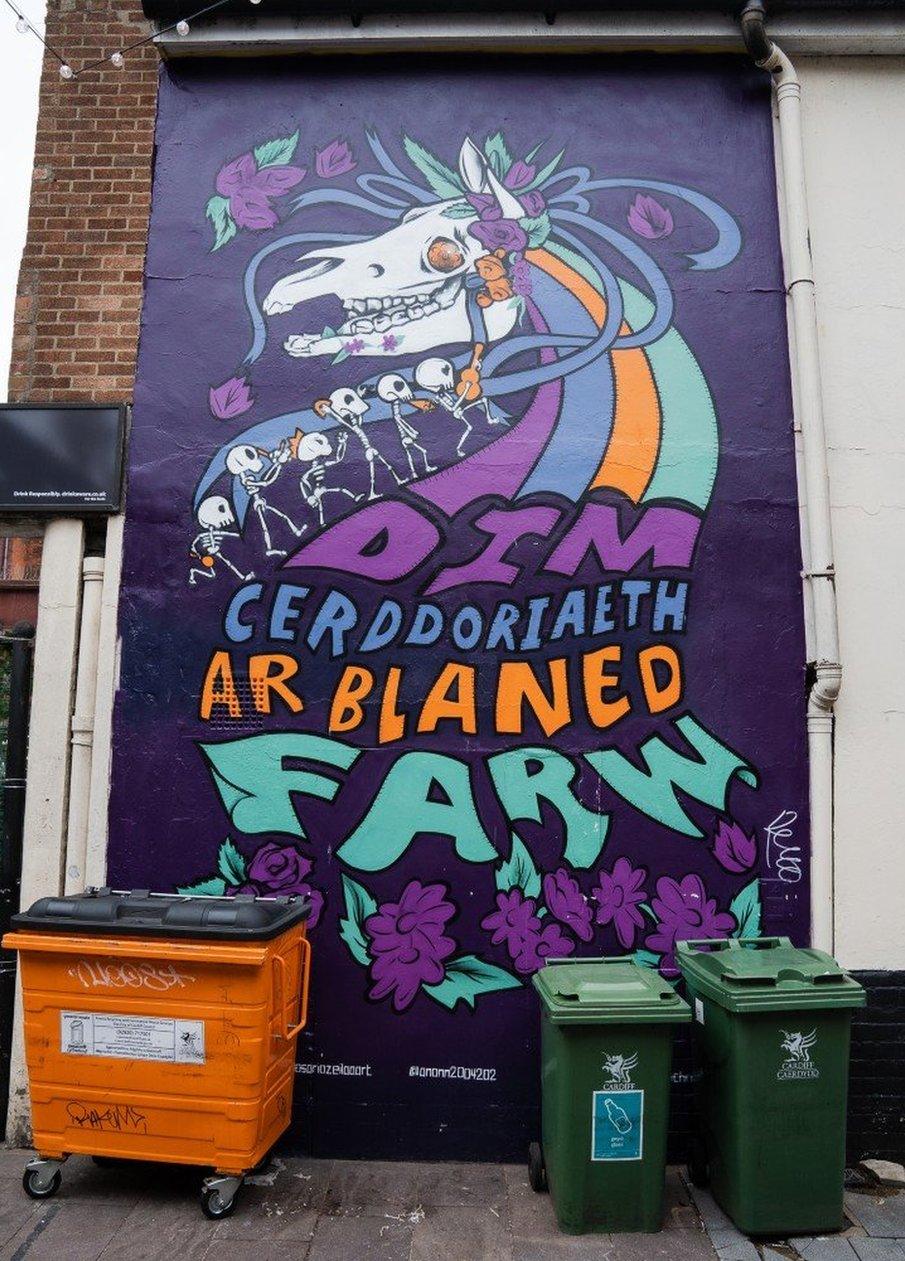
No music on a dead planet, warns this drawing on Cardiff's Womanby Street, home of music venues including the iconic Clwb Ifor Bach
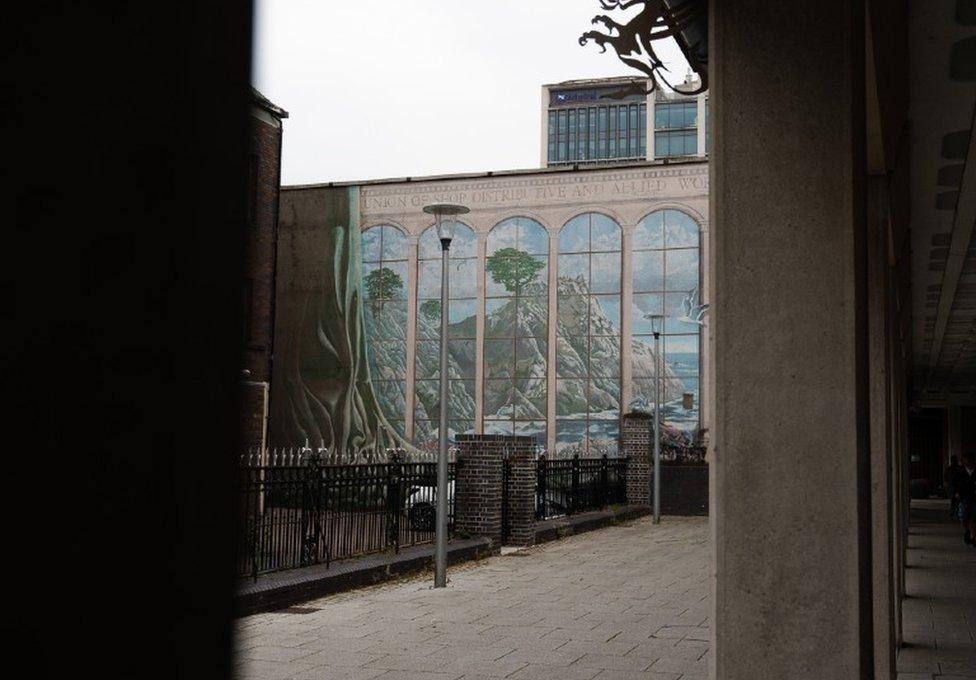

Sometimes the responses are political, sometimes tributes to well-loved figures, like Port Talbot's favourite sons actors Richard Burton and Michael Sheen.
Charlotte Jenkins, who uses the tag Rarebit, has been doing street art and graffiti in Port Talbot for 20 years.
A few months ago, she designed a woman's face in blue and yellow with the message "hope" next to it in response to the invasion of Ukraine, which she thought was important as "everybody seems to have forgotten about them now".
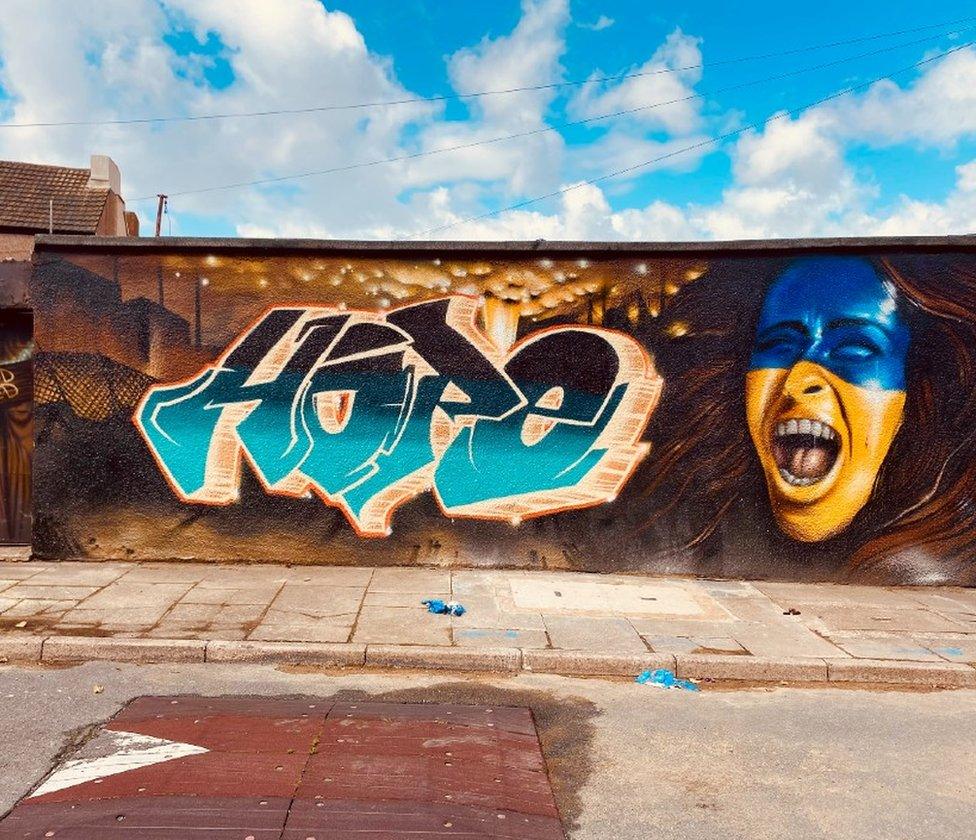
Port Talbot artist Charlotte Jenkins aka Rarebit responds to the Ukraine war
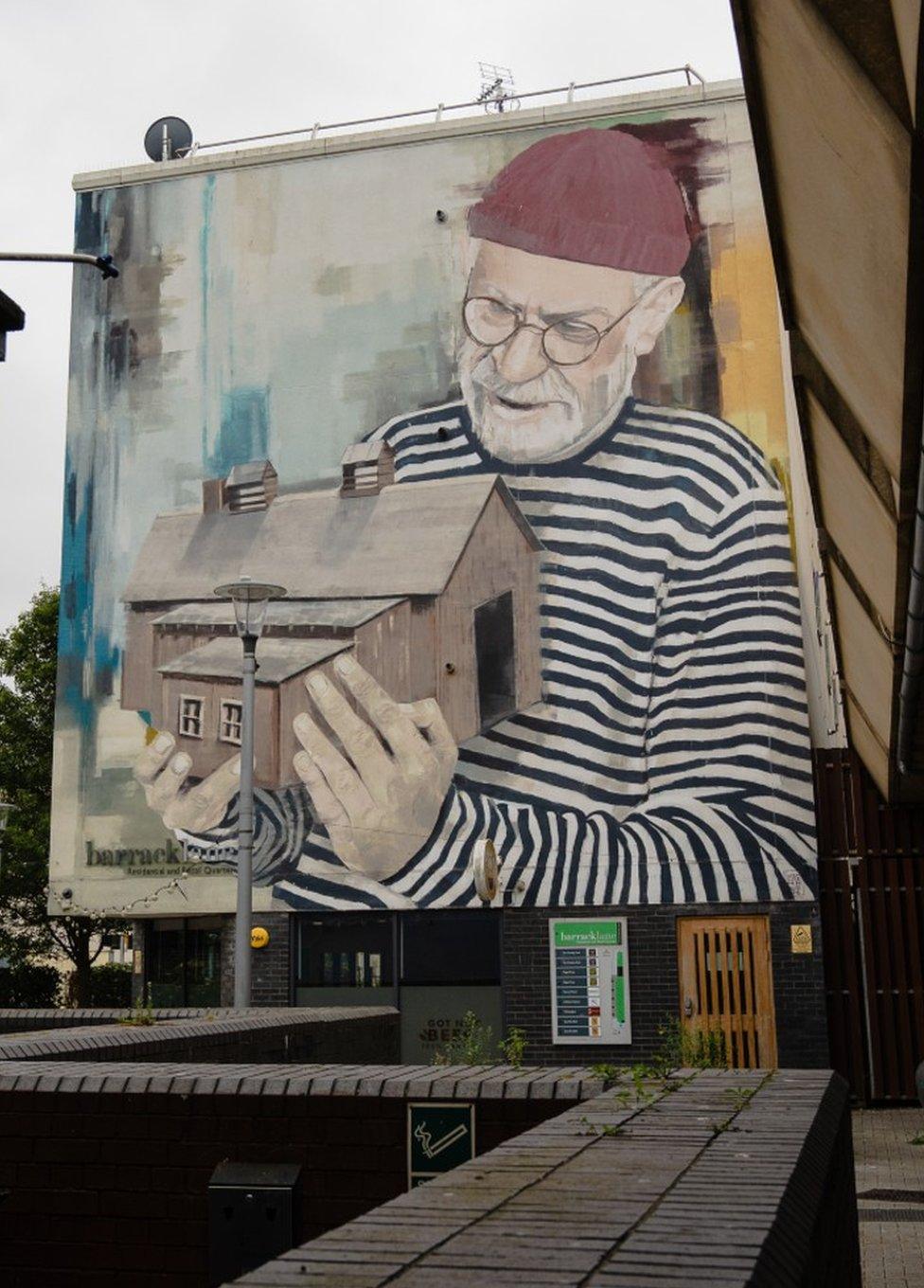
Highlighting homelessness in Cardiff
As a trans artist, she has also used her art to explore ideas around portraiture, make-up and hair.
She agrees street art has moved into the spotlight in recent years.
"You had the [19]80s movement which was completely generated by austerity. [People had] nothing to do, you've got very little, and you see celebrities with everything - to be able to put your name on a tag and have people see it, before Instagram it was a way to get your name out there," she said.
Although with greater exposure there has been more commercialisation of the form, she added: "I don't see it as a bad thing that people are getting to see street art as a legitimate form of art."
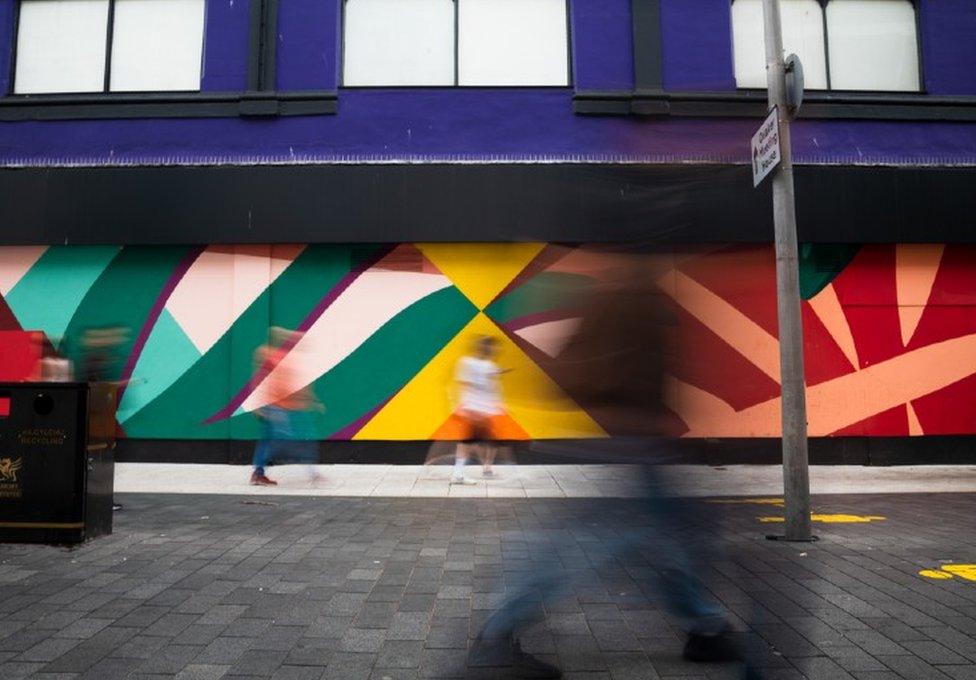
Photography by Nick Hartley and Michael Burgess
- Published1 March 2022
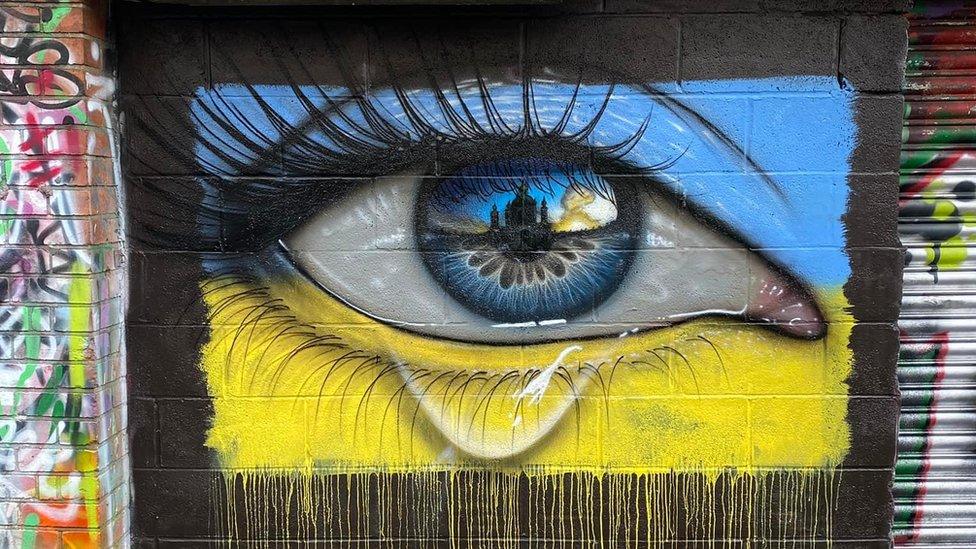
- Published19 December 2018

- Published8 February 2022

- Published20 April 2022

- Published24 June 2021
